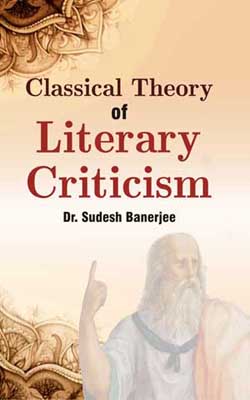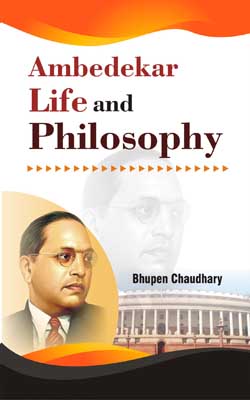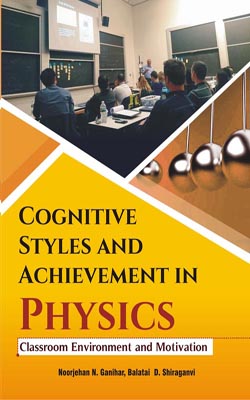Description
About the book
Utopian Pharmacology is certain psychadelic/psychoactive compounds which have the potential to not only expand the consciousness of the masses, but instill a sense of true peace and comfort with the universe. Its psychotherapeutic value is also unfolding and, although not being published, is nonetheless being widely distributed. This edition has been studied into ten chapters. The first five chapters of this edition deal with brief history, research and practices of MDMA ecstasy, synthesis, experience, neurotoxicity and neuroprotection. Another five chapters provide experimental analysis MDMA ecstasy for life, the molecular machinery of magic, post-Darwinian medicine, mental super health beyond MDMA, and an analysis of induced neurotoxicity. The ultimate goal of this edition is to develop analogues of MDMA that actually lack the toxicity themselves. In this edition, I will express not only my own views, but the argument from both sides. This will include mostly second hand accounts of these compounds as used in therapy, not recreation
About the Author
Dr. James R. Fransisco, an associate professor of pharmacology in University of Pittsburgh (US), is interested in the dynamics and traffic of GPCR, with special emphasis on the parathyroid hormone receptor type 1 (PTH1R). His approach is based on the use and development of novel optical techniques to study membrane proteins and their interactions with other cellular components in live cells. His research focuses on two main areas: a) the role of the PDZ proteins sodium-hydrogen exchange regulatory factor (NHERF1) and Disheveled-2 in the regulation of the dynamics and traffic of GPCR; and b) the role of phospholipase D in the regulation of receptor traffic and function. Dr. Fransisco’s approach is based primarily on the analysis of the physical properties of molecules of interest in live cells, using advanced optical techniques such as confocal microscopy, fluorescence recovery after photobleaching (FRAP), total internal reflection microscopy (TIRFM), image correlation spectroscopy (ICS), quantum dots, and others. Using these techniques, Dr. Fransisco has developed novel methods to examine protein-protein interactions in the temporal domain.











Reviews
There are no reviews yet.